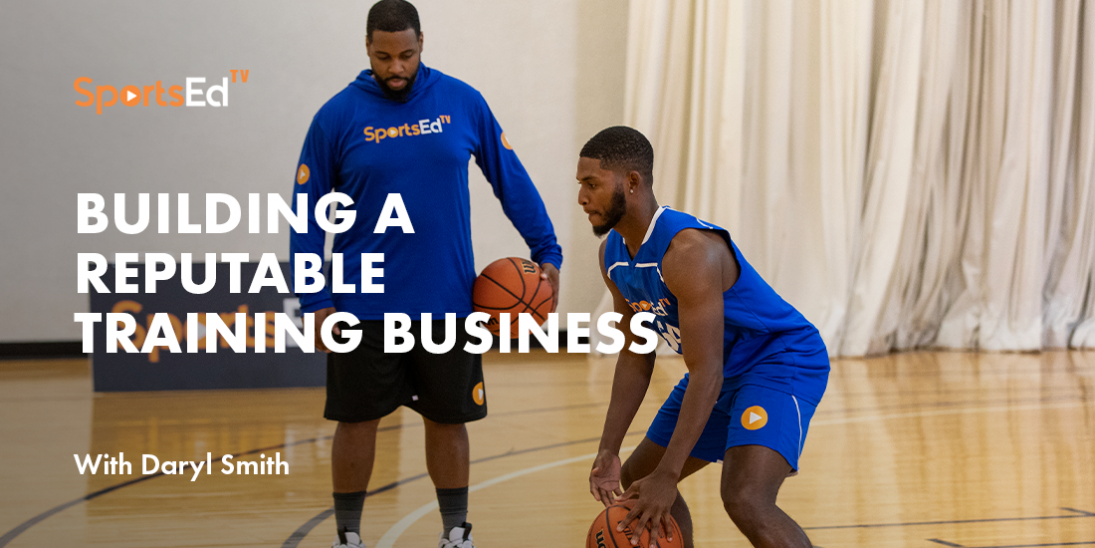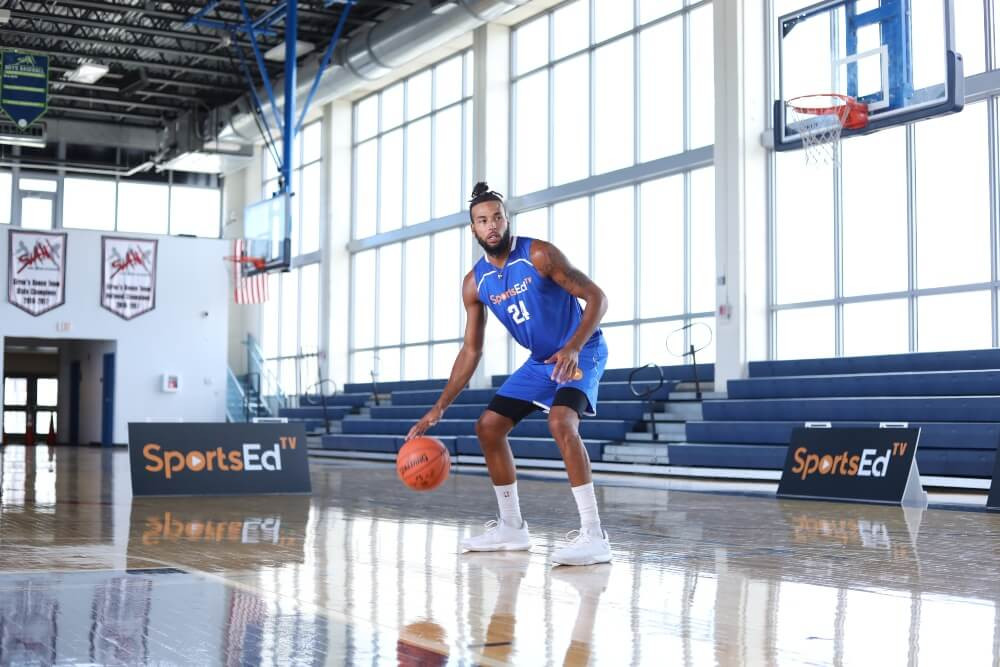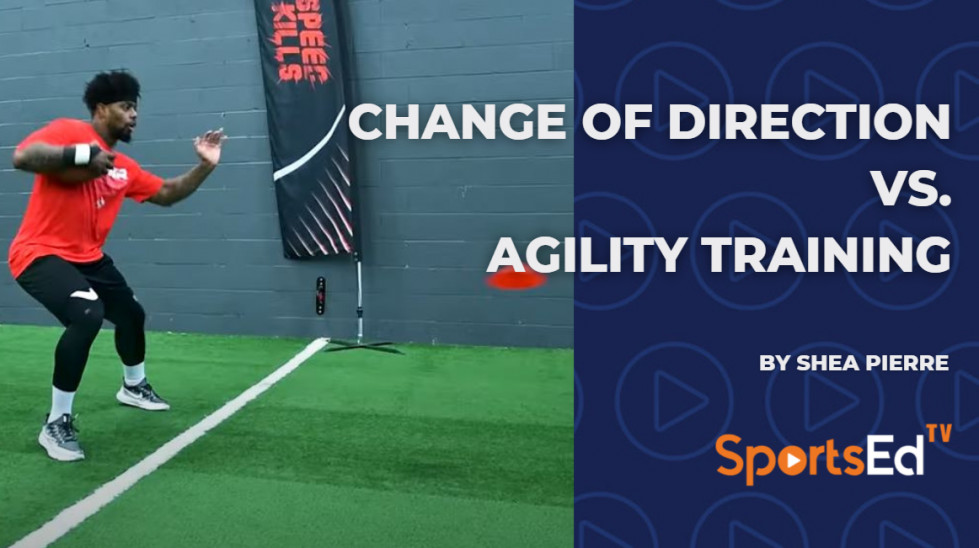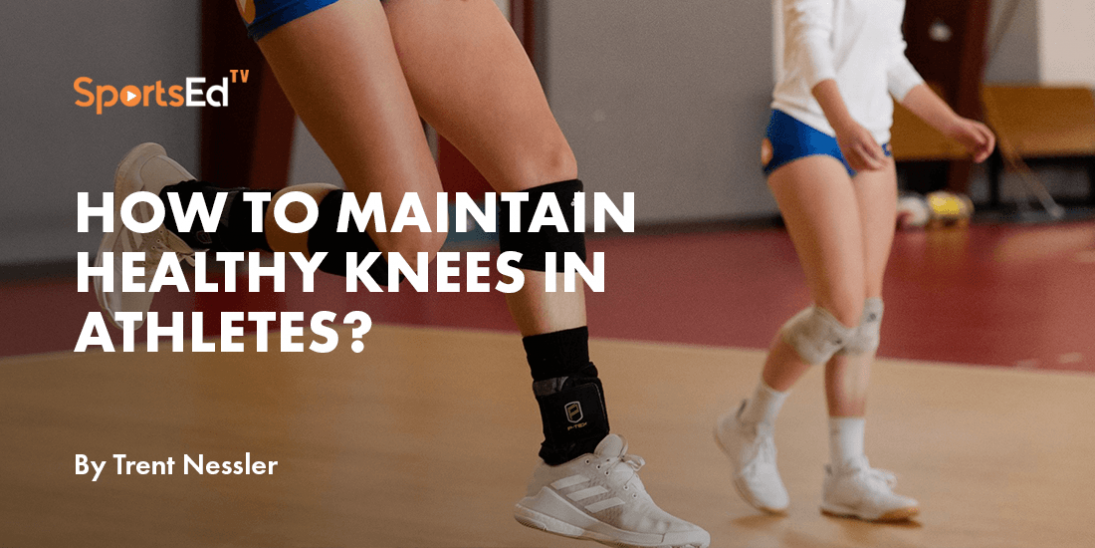Basketball
Welcome and thanks for visiting...

Basketball Terms and Definitions
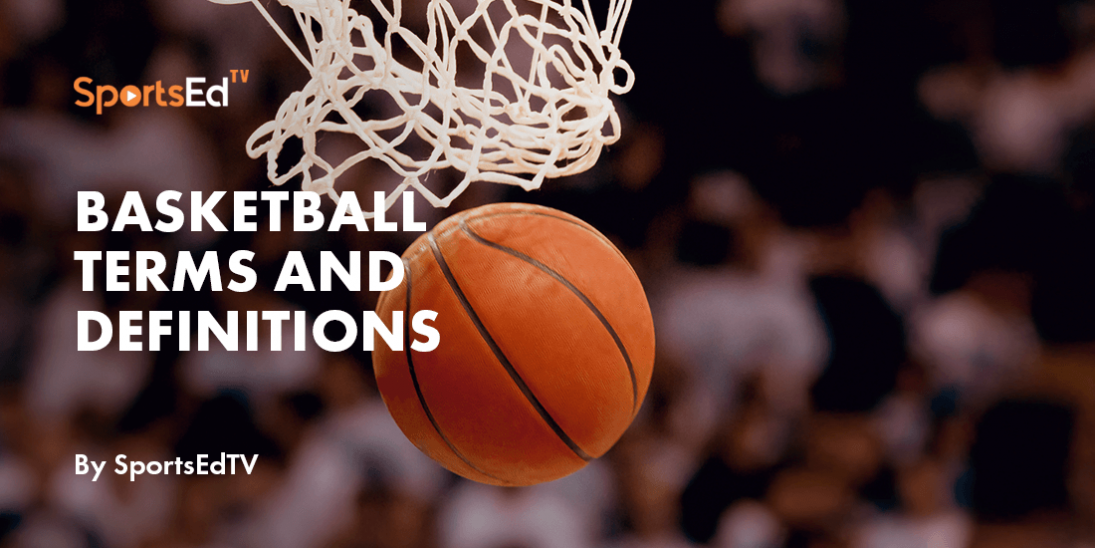
Whether you are new to the sport or a seasoned player, understanding the lingo used on the court is an important part of the game. In this blog, we will explore some of the most commonly used terms in basketball and provide definitions to help you better understand the sport. From basic concepts like dribbling and shooting to more advanced strategies like pick and roll and zone defense, we've got you covered.
So grab a ball, and let's get started learning about the language of basketball!
A
Air Ball: A shot that misses the hoop and backboard entirely.
Alley-oop: A pass thrown to a teammate in a position near the basket to be caught and dunked
Alternating possession rule: A rule where teams take turns possessing the ball after stopped plays.
And One: refers to a situation in basketball in which a player is fouled while attempting a shot and makes the shot anyway.
Assist: A pass that leads directly to a score.
B
Backboard: The board behind the hoop to which the basket is attached.
Back Court: The area of the court furthest from the offensive team's goal.
Back Door Cut: A quick move by an offensive player toward the basket from behind the defender.
Back Screen: An offensive player moving away from the basket to set a screen for a teammate.
Ball Fake: Faking a pass or shot to deceive the defender.
Bang the Boards: An aggressive attempt to get a rebound.
Bank Shot: A shot that bounces off the backboard before going into the basket.
Baselines: The lines at either end of the court behind the baskets, also called "end lines".
Baseline Pass: A one-handed pass to a teammate cutting towards the basket.
Basket: The scoring goal consists of a rim and net attached to the backboard.
Behind-the-back Dribble: Dribbling the ball from one hand to the other behind the back.
Behind-the-back Pass: A pass made behind the body.
Between the Legs Dribble: Dribbling the ball between the legs from one hand to the other.
Blocked Shot: A shot that is deflected on its way to the basket.
Blocking: Using the body to obstruct an opponent.
Bonus free-throw: A free throw awarded to a team when the opponent has committed more fouls than allowed in a half, also called "one-and-one".
Bounce Pass: A pass that bounces off the floor before being received by a teammate.
Box Out: Positioning oneself between an opponent and the basket to secure a rebound.
C
Carrying the ball: Holding the ball with both hands at the same time, turning it over in the hands, or placing the hands under the ball, which is an illegal dribble.
Catch and Face: Receiving a pass and immediately turning to face the basket before shooting.
Center: A position close to the basket that involves rebounding and blocking shots.
Change of pace dribble: Alternating between slower and faster dribbles to get past the defender.
Charging: A foul committed by an offensive player who illegally makes contact with a stationary defender.
Chest Pass: A pass made from the chest to the chest using both hands.
Chin it: Holding the ball under the chin with the elbows and fingers pointed upwards after getting a rebound.
Clear Out: Creating space for the ball handler.
Control dribble: A closely guarded low dribble.
Controlling the boards: Dominating rebounds.
Conversion: A dunked free throw.
Court: The playing surface for basketball.
Crossover dribble: A front-of-the-body dribble that switches the ball from one hand to the other.
Cross screen: An offensive player setting a screen laterally across the court.
Crossover step: A jab step in one direction followed by a step in the opposite direction.
Curl Cut: A cut made by an offensive player off a screen towards the basket, used when the defender is behind the cutter.
Cut: A quick movement by the offense toward a position to shoot or receive the ball.
Cylinder: The closely guarded area above the basket.
D
Dagger: It is a shot that is made late in a game and effectively seals the win for the shooting team.
Dead ball: A ball that is not in play.
Defense: The team without possession of the ball.
Defense rebound: A rebound by a defensive player.
Defensive Stance: A position that a player assumes to prepare for defending against an offensive player.
Deflection: The act of disrupting or altering the path of a pass or shot by making contact with the ball.
Dip: A technique used to improve a player's shooting accuracy and effectiveness. It involves bringing the ball down to a lower starting point before releasing it to shoot.
Double-Double: A player who achieves a double-digit number in two of five statistical categories (points, rebounds, assists, steals, and blocked shots) in a single game.
Double Dribble: The act of dribbling the basketball and then stopping and starting to dribble again illegally with one hand.
Double Team: When two defensive players guard one offensive player.
Down Court: Moving towards the offensive basket in the backcourt.
Down Screen: An offensive player moving towards the baseline to set a screen for a teammate.
Dribble: Bouncing the ball on the floor with one hand while moving.
Drive: A strong and quick move towards the basket with the intention of shooting.
Dunk: Slamming the ball into the basket with force.
E
Elbow: Illegal contact with the elbow against an opponent.
End Lines: Lines also known as "baselines" that run the width of the court behind the baskets.
Euro Step: A basketball move in which a player takes a step in one direction with one foot, and then quickly takes a step in the opposite direction with the other foot while dribbling the ball.
F
Fake: A deceptive move by the offense to throw off the defense.
Fast Break: A quick transition from defense to offense, rushing towards the basket to try to score before the opponents can defend.
Field Goal: A basket scored while the ball is in play.
Field Goal Percentage: The number of successful field goals made out of the total number attempted.
Fishhook Cut: Sudden change in direction while moving.
Five-second Violation: Taking more than five seconds to pass the ball inbounds to a teammate.
Forwards: Players positioned along the free-throw lane and generally closer to the basket than the guards.
Flagrant Foul: Extreme or aggressive contact with an opponent.
Floor Violation: An illegal play on the court.
Floor: The playing area bordered by the end lines and sidelines.
Foul: An illegal play other than a floor violation.
Foul Line: The line 15 feet in front of the backboard parallel to the end line from which free throws are attempted.
Free-throw: A free shot taken from the foul line awarded to a player after a foul is committed by the opponent.
Free-throw Lane: Also known as "the key", the area designated for free throws that is 12 feet wide and runs from the baseline to the free-throw line.
Free-throw Line: The line from which free throws are attempted.
Foul Trouble: A player committing too many fouls in a single game.
Front Court: The offensive area of the court from mid-court to the end line.
Full-court Press: Opponents being guarded over the entire court.
G
Goal-tending: Interfering with a shot that is in the basket or above it.
Guard: Closely watching and defending an opponent to prevent them from gaining possession of the ball or making a pass or shot.
H
Half Court Press: Defensive pressure applied to the opponent in the front court area.
Hash Mark: The mid-court mark on the court.
Hand Check: A defensive player fouling by touching the ball handler with one or both hands too often.
Held Ball: When two opposing players both try to gain possession of the ball but fail.
Help Side: The half of the court without the ball, also known as "weak side".
High Post: The area near the free-throw line.
Holding: Using the hands to restrict an opponent's movement.
Hook Shot: A shot where the player stands sideways in front of the basket and tosses the ball over their head towards the basket with the hand furthest from the net.
Hoop: Another term for the basket.
I
Inbounds Pass: A pass made from out-of-bounds to bring the ball back inbounds.
Incidental Contact: Normal and legal contact between players.
Inside Cut: An offensive player passes the ball to a teammate and then quickly moves towards the basket to receive a return pass.
Inside Shot: A shot taken from close to or in front of the basket.
Intentional Foul: A defensive player committing a foul in order to stop the game clock.
In the Paint: The area within the free-throw lane that is painted a different color than the rest of the court.
J
Jab Step: A quick step with the non-pivot foot towards a defensive player.
Jump Ball: The ball thrown into the air by the referee between two opposing players to start the game.
Jump Shot: A shot where the offensive player's feet leave the floor.
Jump Stop: Jumping off one foot and landing on both feet at the same time in a parallel or staggered position.
K
Key: The free-throw lane and foul lane area.
L
Lane: See the free-throw lane.
Layup: A shot taken near the basket, usually off of a bounce pass or dribble, and scored by laying the ball into the basket.
Low Post: The area close to the basket on the blocks.
M
Man-to-Man Defense: Each defensive player guards a specific offensive player.
Mid Court: The center of the court.
Mid-Range Jumper: A shot taken from a moderate distance from the basket.
Motion Offense: An offensive system where players are constantly moving and cutting to create scoring opportunities.
O
Offense: The team with possession of the ball trying to score.
Offensive Foul: A foul committed by an offensive player.
Offensive Rebound: When an offensive player grabs the ball after a missed shot.
Offensive Three-Second Violation: An offensive player staying in the key for more than three seconds while the ball is in play.
Outlet Pass: A pass made by a rebounder to start a fast break.
Over the Back Foul: A defensive foul committed by pushing or pulling on an opponent's back as they try to get a rebound.
Overhead pass: Type of pass in basketball in which the ball is thrown over the head of the passer, usually to a teammate who is further away.
Overshadow: To block an opponent's view of the ball.
P
Palming: Illegally carrying the ball by cupping it in the palm of the hand.
Pass: Throwing the ball to a teammate.
Penetration: Driving into the key or paint area.
Pick: An offensive player setting a stationary screen for a teammate.
Pick and Roll: An offensive play where a player sets a screen and then rolls to the basket while a teammate drives and passes.
Pivot Foot: The foot that a player must keep stationary while dribbling, passing, or shooting.
Point Guard: The player responsible for controlling the ball and making plays on offense.
Post: The area near the basket.
Power Forward: A frontcourt player who is typically stronger and taller and plays close to the basket.
Press: A full or half-court defensive tactic where opponents are aggressively guarded.
Pull-Up Jumper: A jump shot taken after driving to the basket.
Push Off: Using the body to push an opponent away with the ball.
Putback: A rebound and shot scored immediately after getting the ball.
R
Rebound: Grabbing the ball after a missed shot.
Reset: When the offense brings the ball back to the half-court after a shot or turnover.
Run and Jump: A full-court defensive tactic where the defense aggressively jumps to the ball.
S
Set Shot: A shot taken with both feet on the ground.
Set-Up: A pass or play that leads to a scoring opportunity.
Shooting Guard: A guard who is responsible for scoring and shooting.
Shot Clock: A timer that counts down the time a team has to attempt a shot.
Sideline: The lines that run the length of the court and mark the boundaries of the playing area.
Sixth Man: The first player off the bench for a team, often considered the team's best player coming off the bench.
Slam Dunk: A type of dunk where the player jumps high and slams the ball into the basket with great force.
Small Forward: A frontcourt player who is typically taller than a guard but shorter than a center, and plays a mix of inside and outside.
Steal: When a defensive player takes the ball away from an offensive player.
Step Out: When a player steps out of bounds while in possession of the ball.
Step Out of Bounds: When a player steps on or outside the sideline or end line.
T
Three-Pointer: A shot made from behind the three-point line.
Three-Point Line: The arc painted on the court that is furthest from the basket and worth three points if a shot is made from beyond it.
Tie-Up: When two players grab the ball, and it is ruled a held ball.
Tip-In: A shot made by tapping the ball into the basket after a missed shot.
Tip Off: The start of the game where the ball is thrown into the air by the referee between two opposing players.
Top of the Key: The area on the court above the free-throw line extended.
Traveling: Illegally moving the pivot foot or taking too many steps without dribbling the ball.
Turnover: When the ball is lost to the other team due to a steal, turnover, or out-of-bounds play.
Twelve-Second Violation: Taking more than 12 seconds to get the ball over half-court.
Twenty-Four Second Violation: Taking more than 24 seconds to attempt a shot.
Two-Pointer: A shot made from inside the three-point line worth two points.
W
Weakside: The side of the court without the ball, also known as "help side".
Wing: The area on the court outside the free-throw lane extended.
Wing Player: A player who plays on the wing, usually a guard or small forward.
Z
Zone Defense: A defensive strategy where each player is responsible for defending a specific area of the court rather than a specific player.




